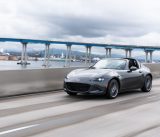How to Improve Upon the Range of Your Electric Car
As great as your electric car might be, you have to watch for how you’re going to keep the range of your vehicle at high as possible. This especially comes as you only be limited to a few hundred miles of driving before you can charge it up again. If anything, the range on your electric car is more sensitive to your driving style than a traditional gas-powered car might be. Here are ten things you can do to expand upon how far you can get your electric car going on a full charge.
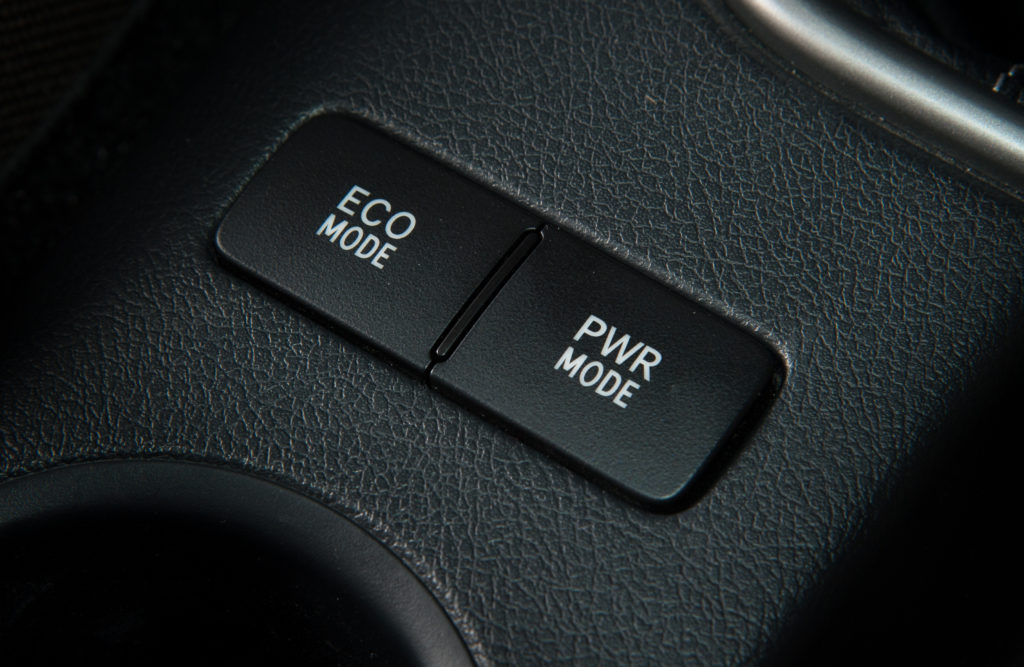
How is your electric car running? (Source: Shutterstock)
Check Your Driver’s Mode Setting
To start, you have to watch for the driver’s mode you are using. When the driver’s mode is changed through the push of a button on your dashboard, it controls features like how the braking and acceleration systems work. Some modes conserve performance as a means of allowing the battery to last longer. Check your electric car’s manual to see what options in particular may work for you.
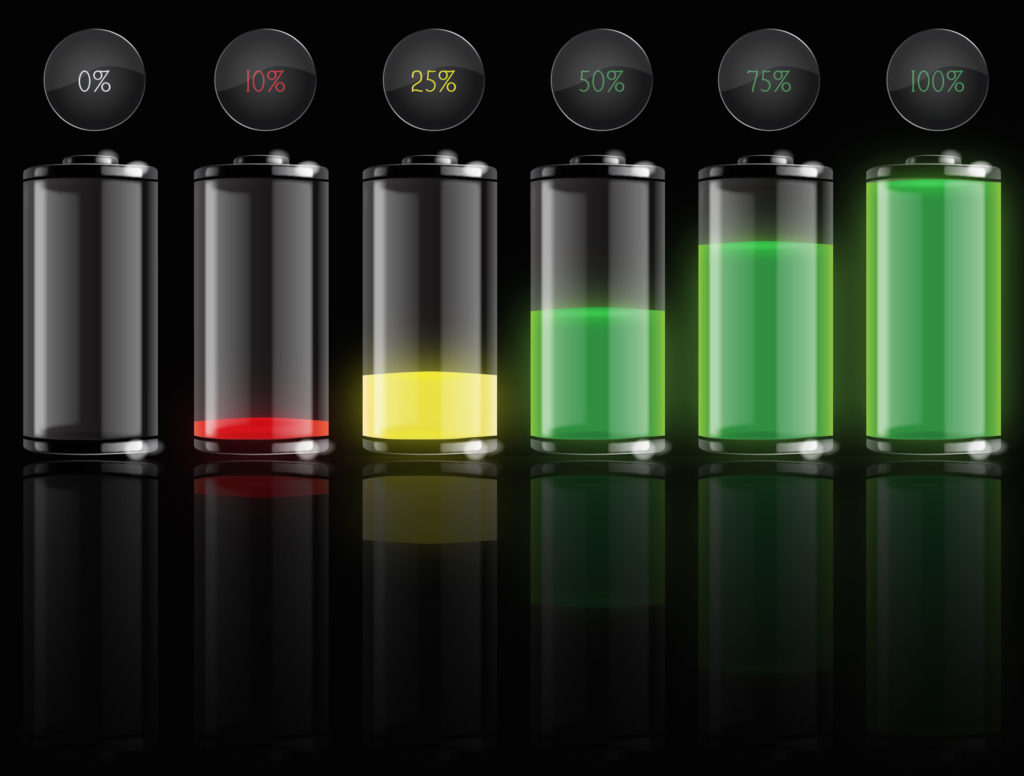
(Source: Shutterstock)
Don’t Stay At Full Charge For Long
It is easy for a battery to weaken if you keep it at full charge for a while. It may naturally lose its charge. Keep the average state of charge, which refers to the percentage it is charged at, down to a lower level so it won’t be at risk of losing power. It is harder for the battery power to go down in a battery that has a lower SOC. This may also help with preventing any memory effect issues where the maximum charge on the battery will decline over time.
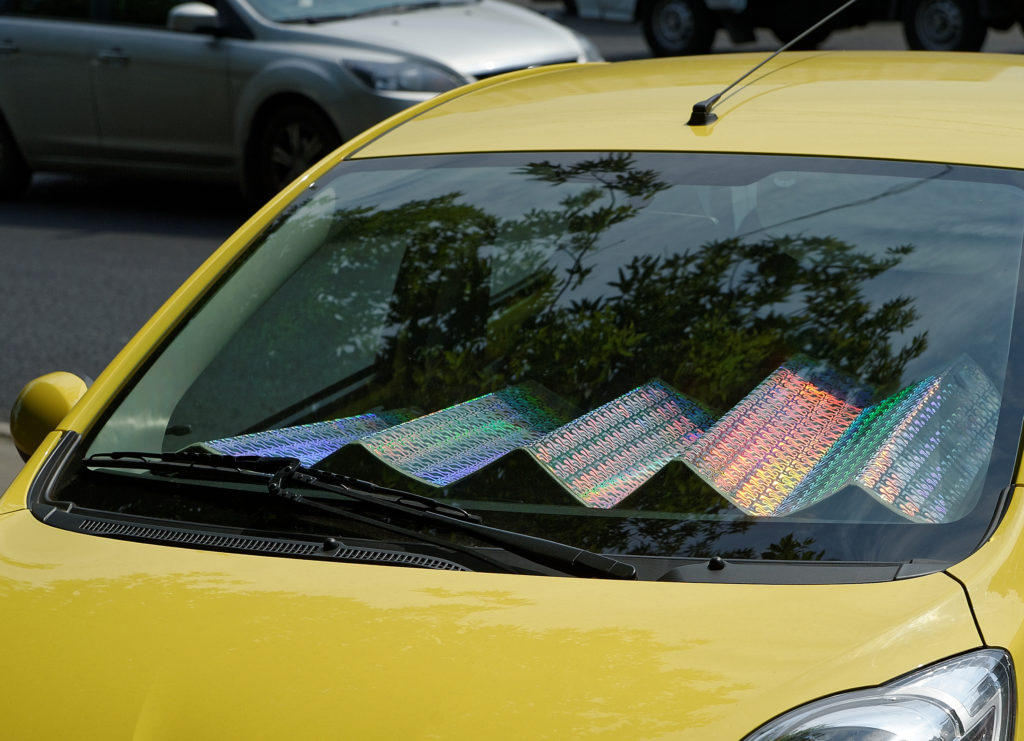
Make sure you keep your car from being too hot or cold. A shade shield may not be enough though. (Source: Shutterstock)
Keep the Battery Out of Extremes
Don’t keep your battery exposed to hot or cold conditions. Such problems can cause the battery to use more energy to keep the vehicle cool or warm, thus reducing the range. There is also a potential for the battery’s physical body to suffer from too much fatigue, thus being less likely to maintain a good charge. Keep your car in a covered area where it won’t be hurt by the weather so the pressure within your vehicle will be reduced and less likely to be problematic.
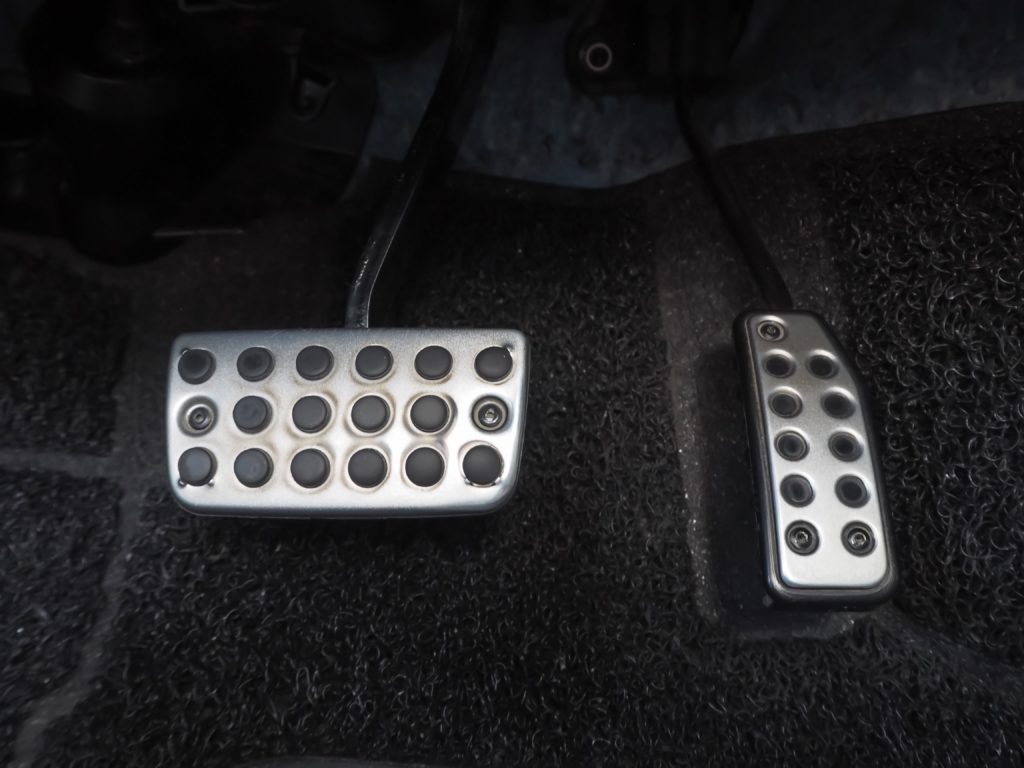
(Source: Shutterstock)
Don’t Accelerate Too Heavily
Be gentle when stepping on the accelerator. Allow the vehicle to naturally move forward without having to speed up really fast at the start. Your battery charge will wear out quickly if you accelerate too fast. This is due to the added pressure that will come about on the battery. You have to watch for how the acceleration works so it won’t be too hard to utilize.

(Source: Shutterstock)
Coast to a Stop
Don’t feel a need to use your brake too much as you need to stop. This is especially important if you’re in a wide-open area with no cars in the way as you get to a stop sign or light. Coast your way to a stop by allowing the car to naturally slow down. Don’t apply the brake until you absolutely have to. This keeps your vehicle from using too much energy. This especially works well when you are on a longer and straight road and you can clearly see the stop light or sign well off in the distance.
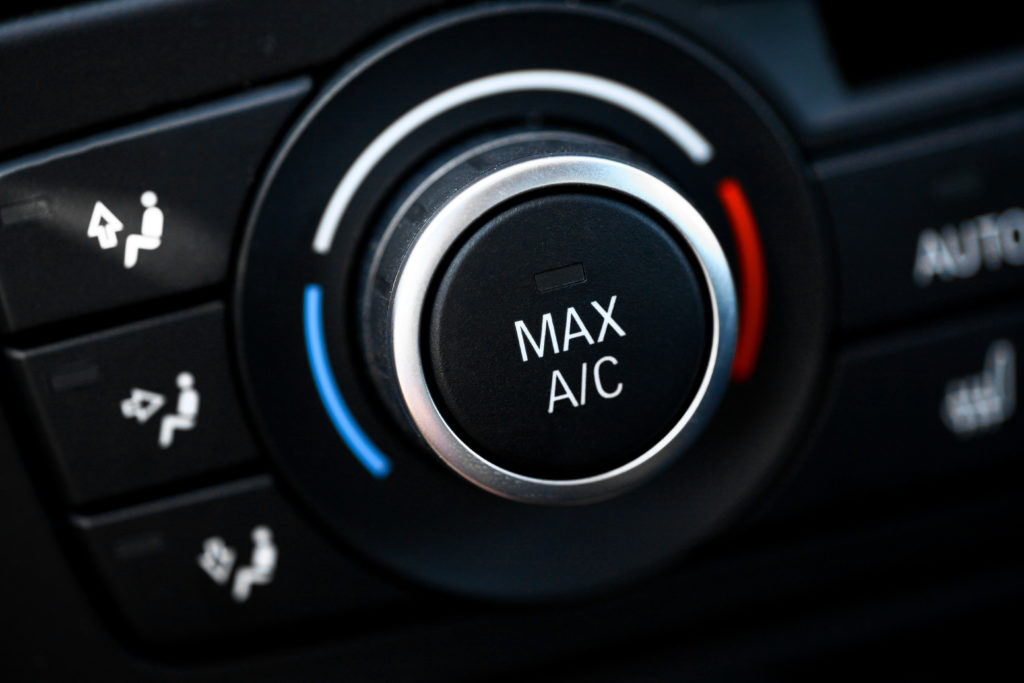
(Source: Shutterstock)
Avoid the AC
Don’t be so reliant on the air conditioning feature in your car. Your heating and AC unit will draw upon power within your vehicle’s battery. A good idea is to avoid driving at times when you might have a need to use the AC or heating system. This includes driving at times when the conditions are a little milder. Also, in reference to an earlier tip, keep your vehicle secured in a spot where it won’t be impacted by the weather.
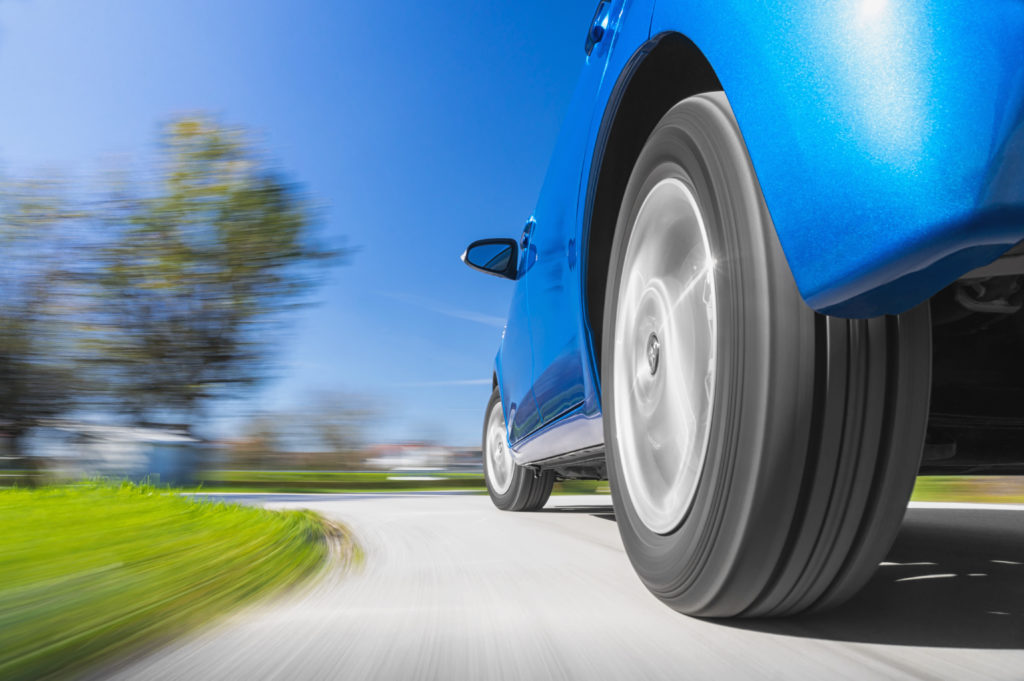
(Source: Shutterstock)
Check Your Tires
Like with any gas-powered vehicle, you have to look at how well your tires are working. Make sure your tires are regularly checked based on how well they are filled. You must get your tires filled based on the proper inflation standards that work for your tires. Check carefully to ensure that you don’t fill them up too much. A good tip is to check your tires every month as the pressure in them can wear out gradually over time. Don’t wait until the low tire pressure warning light goes off on your car to fill them up.
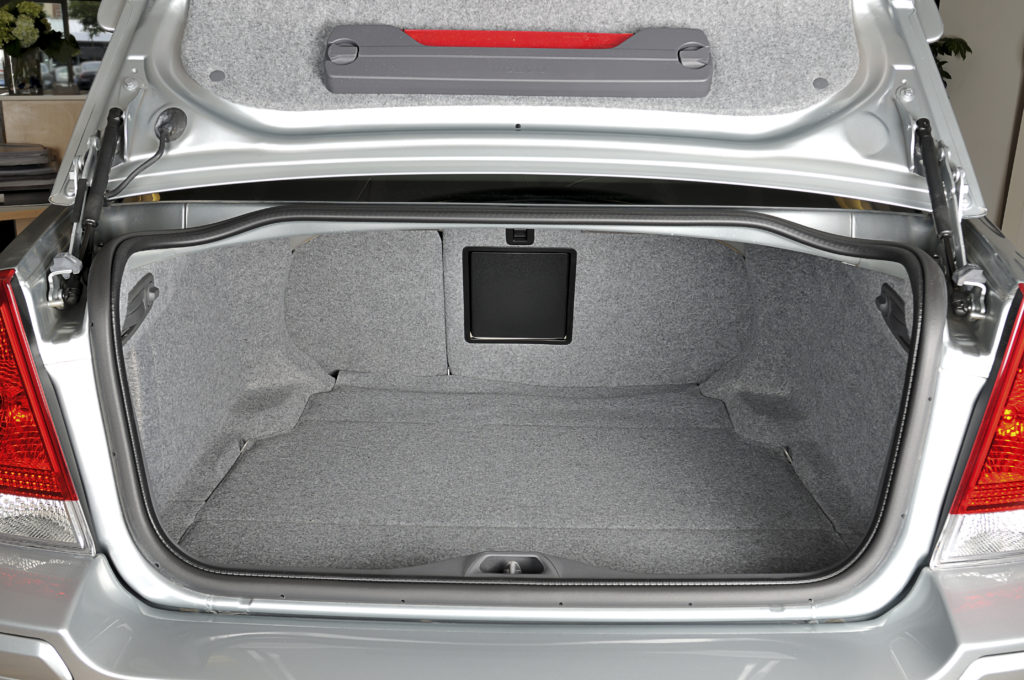
Keep your truck from being filled up far too high (Source: Shutterstock)
Avoid Adding Weight
Watch for the weights that you add into your vehicle. Don’t add more weight into your vehicle than needed. The added weight in your car will add to the drag on the vehicle. This will make it harder for your vehicle to move forward without using more energy than necessary. In other words, don’t try to tow big things or carry massive loads that would be better suited for a truck that can actually handle that weight.
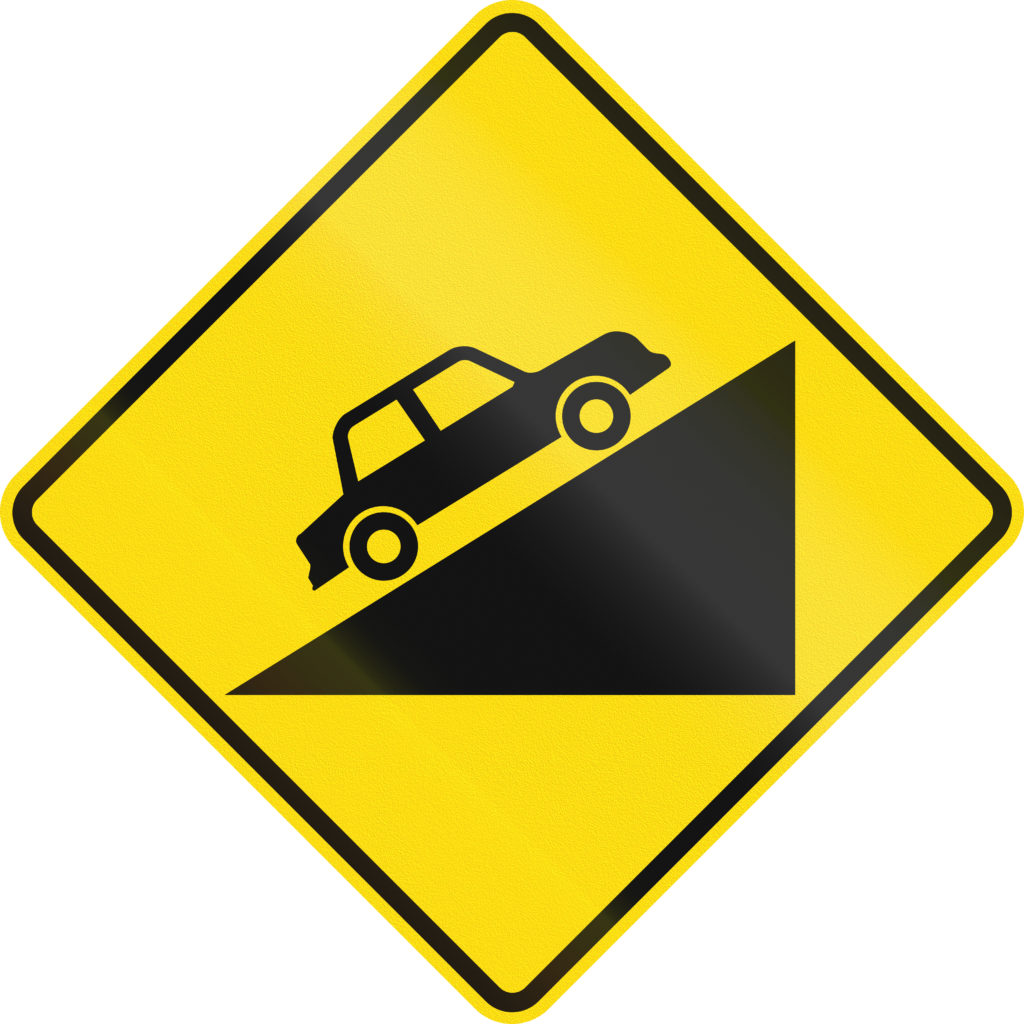
(Source: Shutterstock)
Avoid Steep Grades If Possible
Check on the routes that you plan on heading out on regularly while driving. You should avoid going onto any steep grades if you can. The problem with steep grades comes from how they make it harder for you to keep your vehicle under control. In particular, a tough incline will force you to use more energy to propel the vehicle up. A steep decline will also make you more reliant on braking power. Look for the routes that you will be heading out to and see what can be handled based on the amount of energy that could be used.

(Source: Shutterstock)
Review Your Driving Data
The last tip to look into is to could on your driving data. Use a telematics program that can be attached to your electric vehicle. This can list information on how often you run your car and when you are charging it. You can use this to get an idea of how you use your vehicle and what you do when charging it. This helps you to analyze how well you are conserving your battery power and what you could do to potentially keep from charging it too often.




